Silpancho recipe, in the vibrant mosaic of Bolivian cuisine, Silpancho emerges as a dish that not only satisfies the palate but also tells a tale of cultural influences and culinary artistry. This hearty and comforting Bolivian meal, with its harmonious blend of flavors and textures, represents the essence of the country’s culinary heritage. Join us on a culinary expedition as we explore the recipe for Silpancho, delving into the essential ingredients, the meticulous preparation, and the cultural significance that make it a beloved icon of Bolivian gastronomy.
Understanding Silpancho: A Culinary Journey through Bolivia:
Silpancho, hailing from the Bolivian region of Cochabamba, is more than just a dish; it’s a celebration of simplicity and depth in flavor. The name itself reflects the preparation technique, where the meat is pounded thin, creating a tender canvas for a medley of vibrant ingredients. Silpancho represents the convergence of indigenous Bolivian ingredients with European culinary techniques, resulting in a dish that captures the heart and soul of the nation.
Ingredients for Bolivian Silpancho:
The charm of Silpancho lies in the straightforward yet flavorful combination of ingredients. Let’s explore the components that contribute to the culinary symphony of Silpancho.
- Beef:
- Top Round or Sirloin Steak: 1 pound, pounded thin. The choice of a lean cut ensures tenderness.
- Breadcrumbs Mixture:
- Breadcrumbs: 1 cup. Adds a crisp texture to the meat.
- Paprika: 1 teaspoon. Infuses a smoky flavor and vibrant color.
- Salt and Pepper: To taste. Enhances the overall seasoning.
- Batter for Frying:
- Eggs: 2, beaten. Creates a binding batter for frying.
- Vegetables:
- Potatoes: 4 medium-sized, peeled and cut into thick slices. The base for the Silpancho.
- Onions: 2 large, finely chopped. Adds a sweet and savory element.
- Tomatoes: 2 medium-sized, diced. Provides juiciness and freshness.
- Lettuce: 1 head, shredded. A crisp and refreshing topping.
- Locoto or Hot Pepper: Optional, finely chopped. Adds a spicy kick.
- Aromatics and Condiments:
- Garlic: 4 cloves, minced. Infuses a robust flavor.
- Cumin: 1 teaspoon, ground. Adds warmth and depth.
- Oregano: 1 teaspoon, dried. Offers a hint of herbal freshness.
- Vinegar: 2 tablespoons. Provides acidity to balance flavors.
- Oil: 1 cup, for frying and sautéing. Adds richness and depth.
- Garnish:
- Hard-Boiled Eggs: 4, sliced. A traditional topping for Silpancho.
- Fresh Parsley: Chopped, for garnish. Adds a burst of freshness.
Preparation: Crafting the Perfect Bolivian Silpancho:
Creating the perfect Silpancho involves a thoughtful process of preparing each component to achieve a harmonious blend of flavors and textures. Let’s embark on the step-by-step journey to craft this Bolivian culinary delight.
Step 1: Preparing the Meat:
- Pound the Steak: Place the beef between sheets of plastic wrap and pound it thin using a meat mallet. Aim for an even thickness to ensure uniform cooking.
- Season the Meat: Season the pounded steak with salt and pepper, ensuring it’s well-seasoned on both sides.
Step 2: Coating the Meat:
- Prepare Breadcrumbs Mixture: In a bowl, combine breadcrumbs, paprika, salt, and pepper. Mix well to create a seasoned coating for the meat.
- Coat the Steak: Dredge the seasoned meat in the breadcrumb mixture, ensuring it is evenly coated on both sides. This creates a crispy exterior when fried.
Step 3: Frying the Meat:
- Create an Egg Batter: Beat the eggs in a shallow dish. Dip the breaded meat into the beaten eggs, ensuring it is well-coated.
- Fry the Silpancho: In a large skillet, heat oil over medium-high heat. Fry the coated steak until golden brown and crispy on both sides. Once cooked, transfer to a paper towel-lined plate to drain excess oil.
Step 4: Preparing the Potatoes:
- Fry the Potatoes: In the same skillet, add more oil if needed. Fry the thick slices of potatoes until they are golden brown and cooked through. Remove and set aside on a paper towel-lined plate.
Step 5: Sautéing the Vegetables:
- Sauté Onions and Garlic: In the same skillet, sauté the finely chopped onions and minced garlic until they are soft and fragrant.
- Add Tomatoes: Incorporate the diced tomatoes, cumin, oregano, and vinegar into the skillet. Cook until the tomatoes break down and form a flavorful sauce.
Step 6: Assembling the Silpancho:
- Plate the Potatoes: Arrange the fried potatoes on a serving plate, creating a base for the Silpancho.
- Layer with Meat: Place the fried meat on top of the potatoes, creating a flavorful stack.
- Spoon Vegetable Sauce: Spoon the sautéed onion and tomato sauce over the meat, ensuring it covers the entire surface.
- Top with Lettuce: Generously top the Silpancho with shredded lettuce, adding a crisp and refreshing layer.
Step 7: Garnishing and Serving:
- Slice Hard-Boiled Eggs: Slice the hard-boiled eggs and arrange them on top of the lettuce layer.
- Sprinkle Fresh Parsley: Finish by sprinkling freshly chopped parsley over the Silpancho for a burst of color and freshness.
Tips for Perfect Bolivian Silpancho:
- Pounding Technique:
- Even Thickness: Pounding the meat to an even thickness ensures uniform cooking and tenderness.
- Breadcrumb Coating:
- Even Coating: Ensure an even coating of breadcrumbs for a crispy and flavorful exterior.
- Oil Temperature:
- Hot for Frying: Maintain the right oil temperature for frying—too hot, and it may burn; too cool, and the Silpancho may become greasy.
- Frying Potatoes:
- Golden Brown: Fry the potatoes until they achieve a golden-brown color, ensuring they are crispy on the outside and tender inside.
- Layering Components:
- Strategic Layering: Assemble the Silpancho with strategic layering to ensure each component is well-represented in each bite.
- Vegetable Sauce Consistency:
- Balanced Sauce: Ensure the sautéed onion and tomato sauce has a balanced consistency, neither too thick nor too runny.
- Fresh Garnishes:
- Last-Minute Garnishing: Add hard-boiled eggs and fresh parsley just before serving to maintain their freshness and vibrant flavors.
Conclusion: Savoring the Melody of Bolivian Cuisine:
In conclusion, Silpancho stands as a testament to Bolivia’s culinary prowess—a dish that encapsulates the country’s commitment to flavor, simplicity, and cultural richness. From the pounded and breaded meat to the crisp potatoes and vibrant vegetable medley, each element contributes to the symphony of taste that defines Bolivian Silpancho.
As you embark on your own culinary journey to create Silpancho, relish in the process of crafting this hearty and satisfying dish. Whether enjoyed as a comforting meal at home or shared with friends and family, Silpancho invites you to experience the warmth and tradition of Bolivia—one flavorful bite at a time. So, gather your ingredients, savor the aromas, and celebrate the culinary harmony of Bolivian Silpancho—a melody that echoes the heart and soul of a nation.




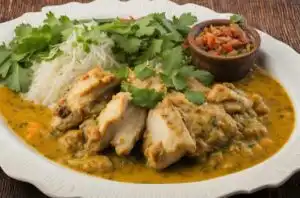
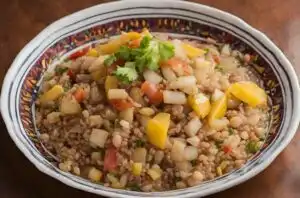


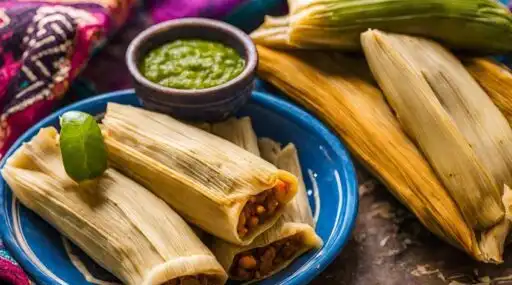
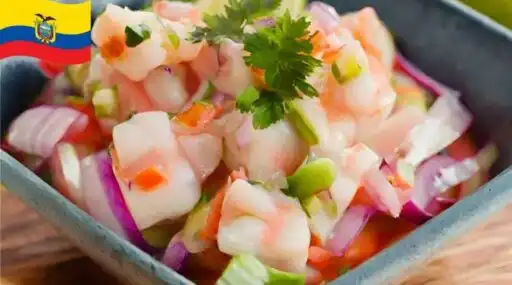
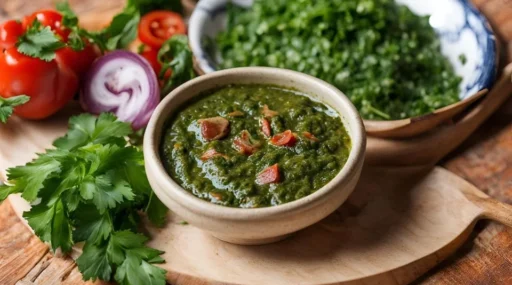

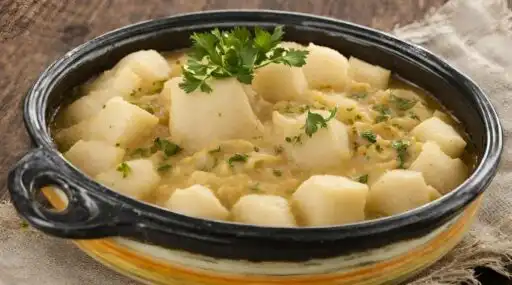

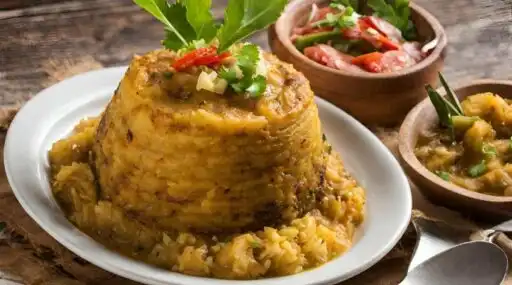





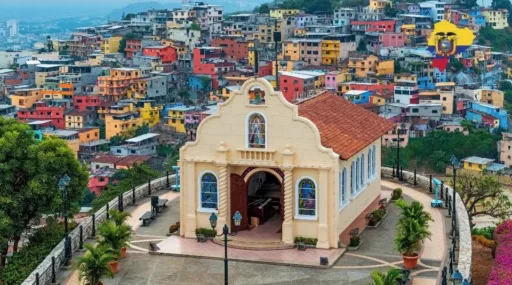













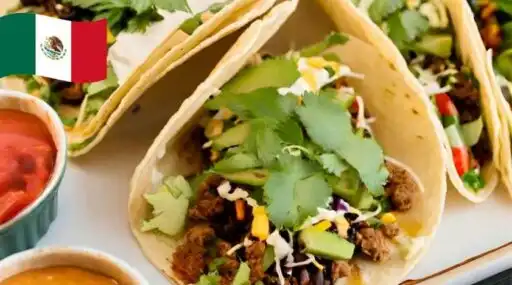
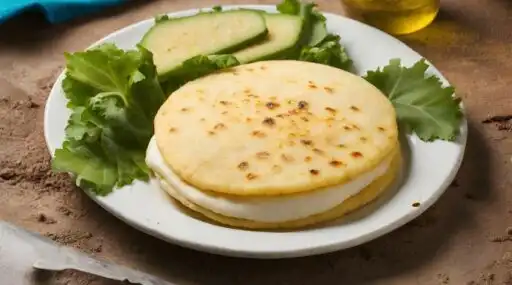


Leave a Reply